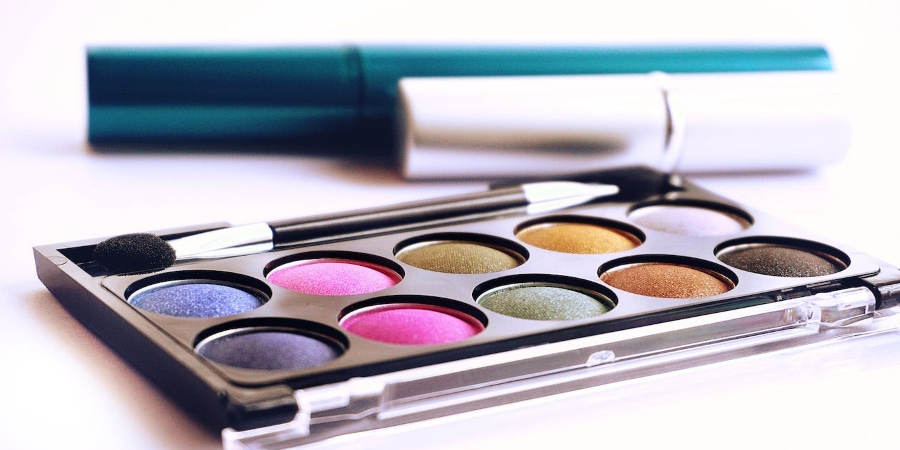Talc is a key ingredient used in the beauty industry to create various beauty products, including eyeshadows, face powder, concealer, and foundation. It is used to make the products more smooth and softer, absorb moisture, and prevent caking. However, recent years have seen increased concerns over its safety due to the potential presence of a toxic mineral known as asbestos.
The controversy surrounding the use of talc in makeup products resulted from the lawsuit against Johnson & Johnson, in which a group of women sued the company, arguing that the exposure to asbestos in the its talc powder caused ovarian cancer. HBO Max docuseries Not So Pretty accelerated this issue by linking talc and mesothelioma, a type of cancer that affects the lungs and abdomen. Despite these concerns, the FDA's ongoing testing for the use of talc in cosmetic products has not found any safety issues. Besides, some professional reviews still says its safe to use.
So, is using talc in eyeshadows safe?
Why is talc used in eyeshadows?
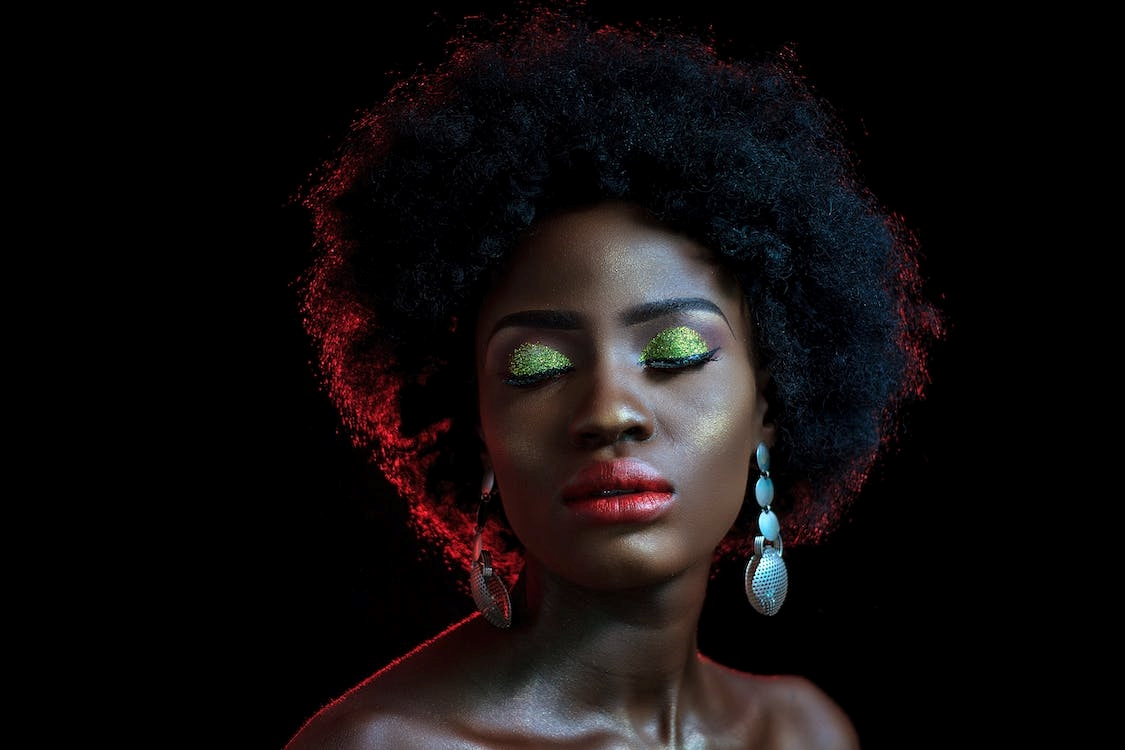
Talc is used in eyeshadows as a bulking agent, meaning that it helps enhance the product's desired texture and consistency. Eyeshadow products that contain talc have a silky texture and are easy to apply and spread, especially when using a dense packing brush or a fluffier blending brush. This is because talc as a mineral is soft and smooth, making it ideal for use in eyeshadows and other beauty products.
When used in eyeshadows, talc helps absorb oil and moisture, thus ensuring that the product lasts longer and preventing creasing. It can also be used to produce deeper shades of eyeshadows. Adding talc to the eyeshadow formulas helps prevent caking and makes the products more translucent. Given these benefits, most beauty brands rely heavily on talc to produce desired shades in beauty products.
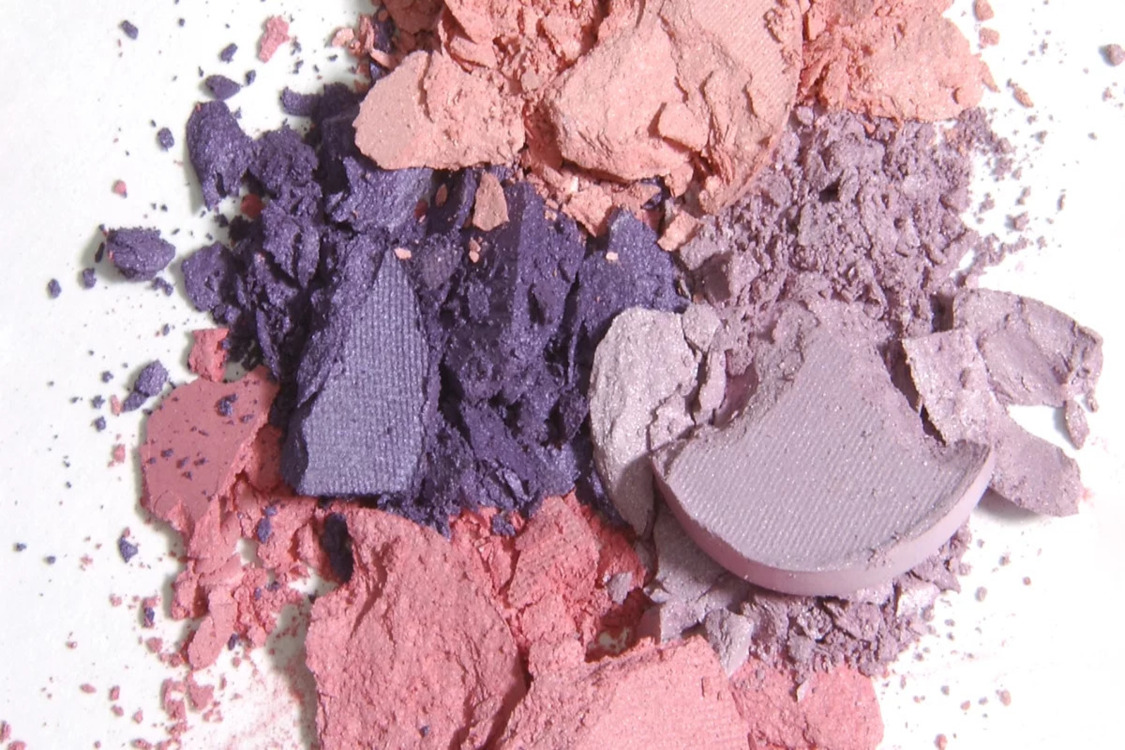
However, due to growing health concerns, the cosmetics industry is experiencing a significant shift toward talc-free eyeshadows. For example, a board-certified dermatologist Naana Boakye encourages makeup users to "look at their ingredients list and not use products with talc." As brands transition to clean and organic products, talc-free eyeshadows are increasingly becoming a trend.
Talc-free eyeshadow and why they are becoming more popular
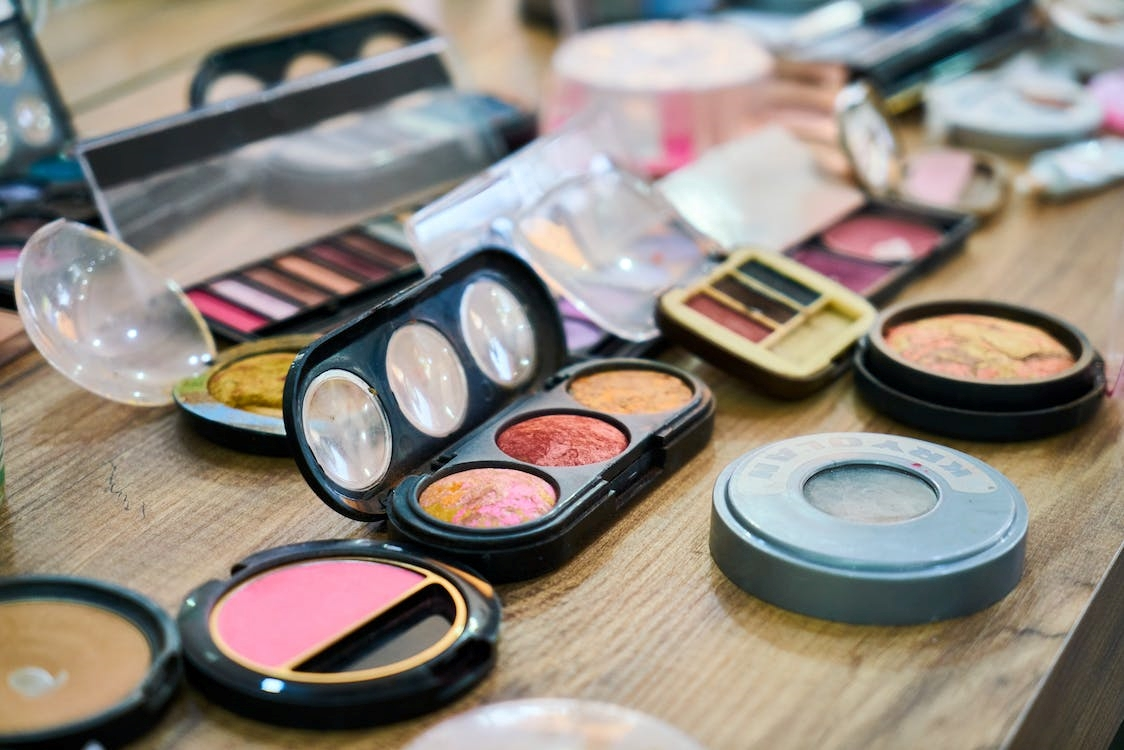
Most brands and customers are concerned about the potential health impact of eyeshadows that contain talc. For example, the Campaign for Safe Cosmetics (CSC) found that exposure to talc and asbestos can lead to severe respiratory distress, endometrial and ovarian cancer, mesothelioma, and organ system toxicity. Using talc-based eyeshadow palette with open eyes can lead to irritation. With the increased awareness of these health concerns, customers are opting for talc-free eyeshadows.
Other reasons why talc-free eyeshadow palettes are more popular include:
1) High demand for clean beauty products
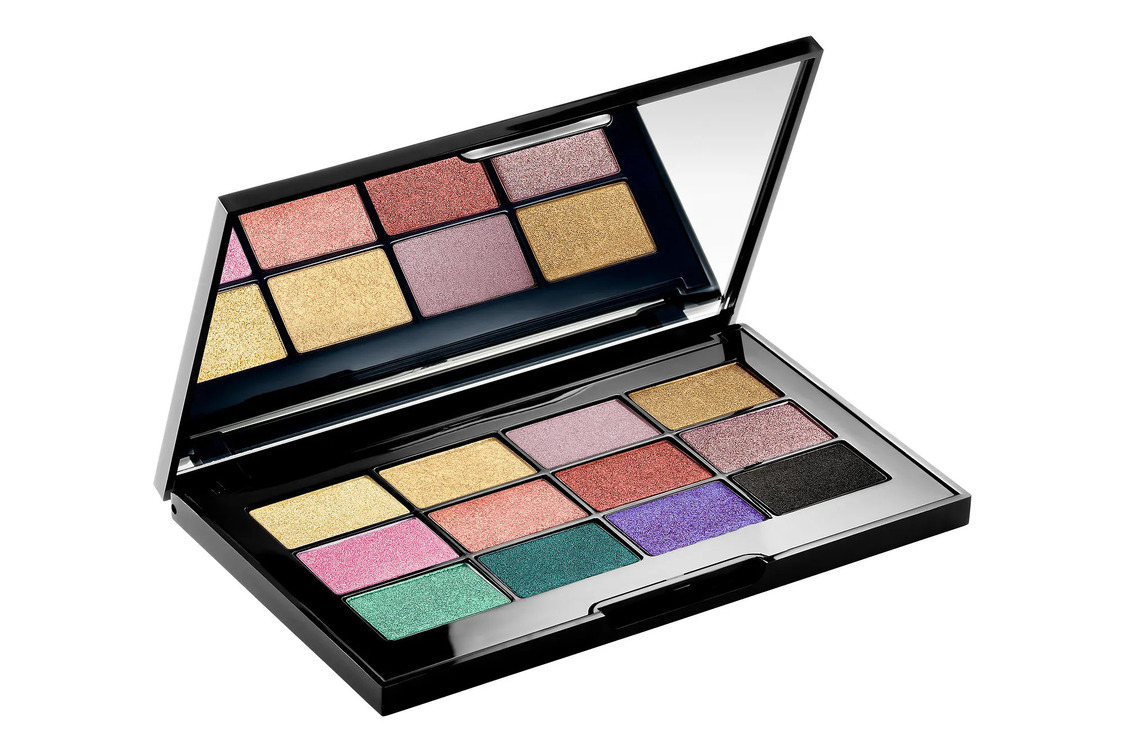
Clean beauty has become a major trend in recent years. Customers are demanding beauty products made with natural and organic ingredients without harmful chemicals, such as synthetic fragrances, parabens, and phthalates.
While there is no set list of ingredients defining clean beauty, most brands respond to customer demands by manufacturing products labelled under various buzzwords, including organic, green, cruelty-free, or natural. Talc-free eyeshadows are part of the honest beauty trend as most customers perceive them as an alternative to harmful, traditional talc-based products and powders.
2) Talc-free eyeshadows have improved formulas
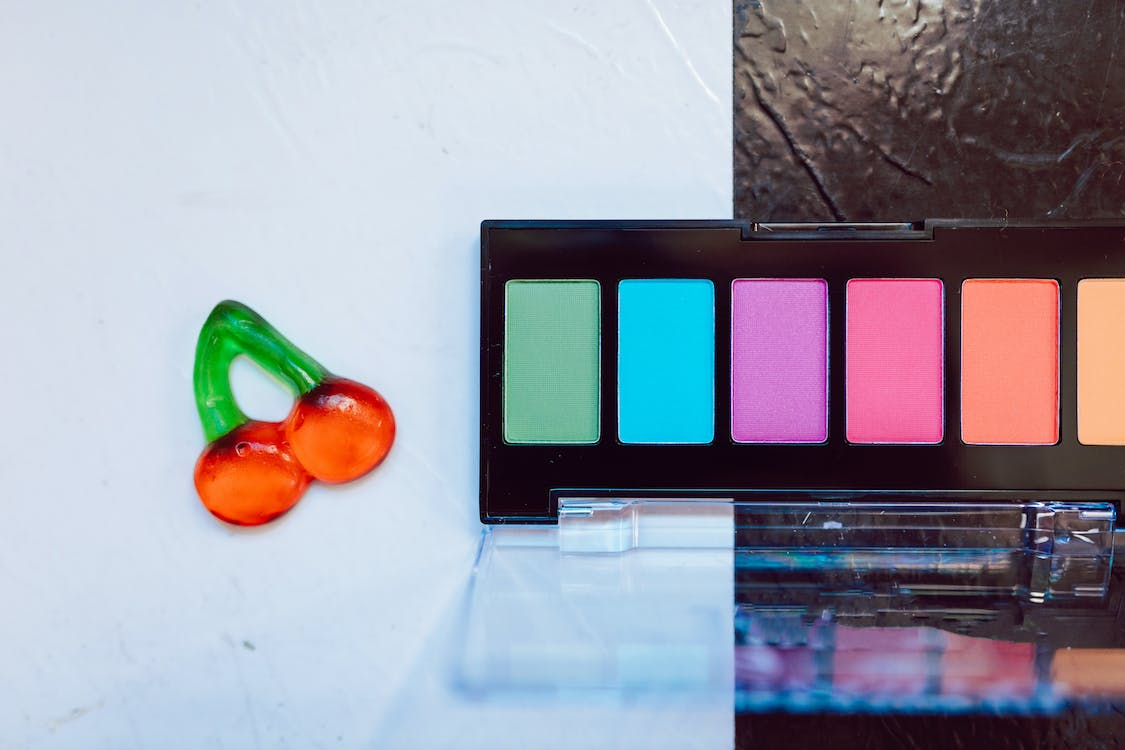
One major advantage of the "going talc free" trend is the increased research and testing in the cosmetics industry. Most beauty brands thoroughly test their formulas to ensure they do not contain harmful ingredients, such as parabens. They also consider professional reviews and advice and incorporate the insights in production processes. The resulting talc-free palette, thus, lasts longer, is easy to blend, and has a better, intense color payoff.
Besides, safe bulking agents such as magnesium stearate, synthetic fluorphogopite, and calcium sodium borosilicate are used to replace talc.
3) Talc-free eyeshadows are cruelty-free
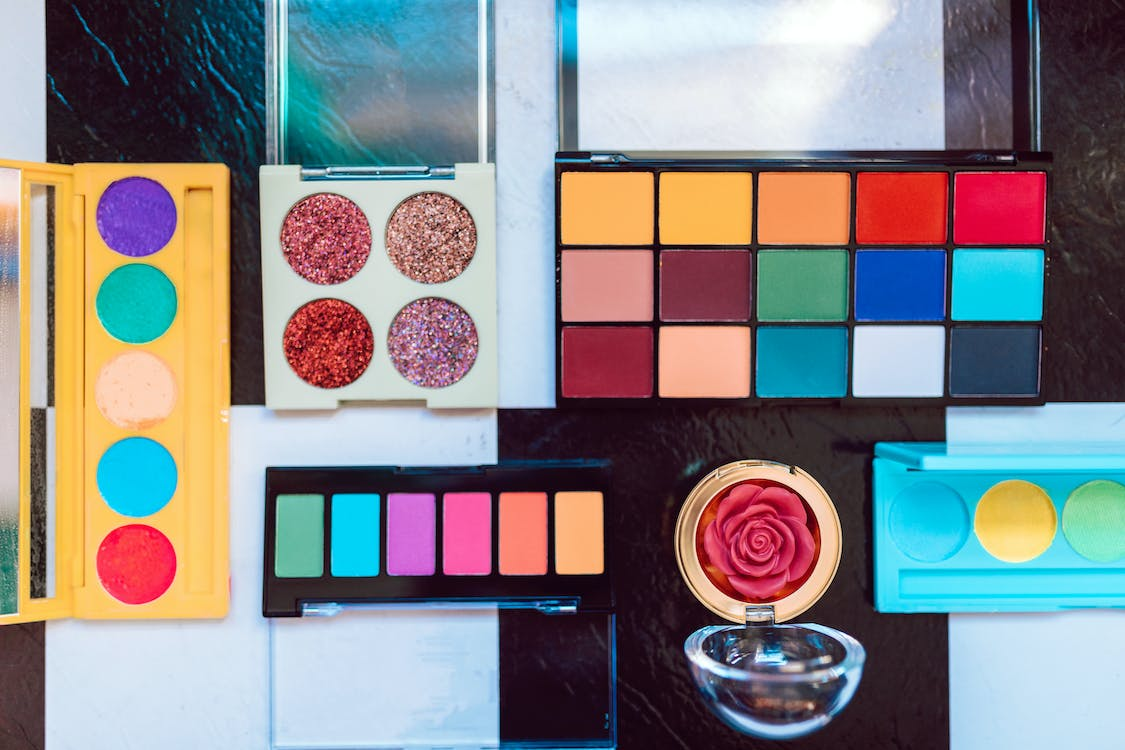
Some talc used in manufacturing eyeshadows and other beauty products involves animal testing and human exploitation. However, talc-free eyeshadows are produced with the conscious customer in mind. Therefore, most talc-free brands, such as Honest Beauty brand, use alternative cruelty-free sourcing strategies, making them an ethical option for customers who care about animals.
4) Talc-free eyeshadows are more natural
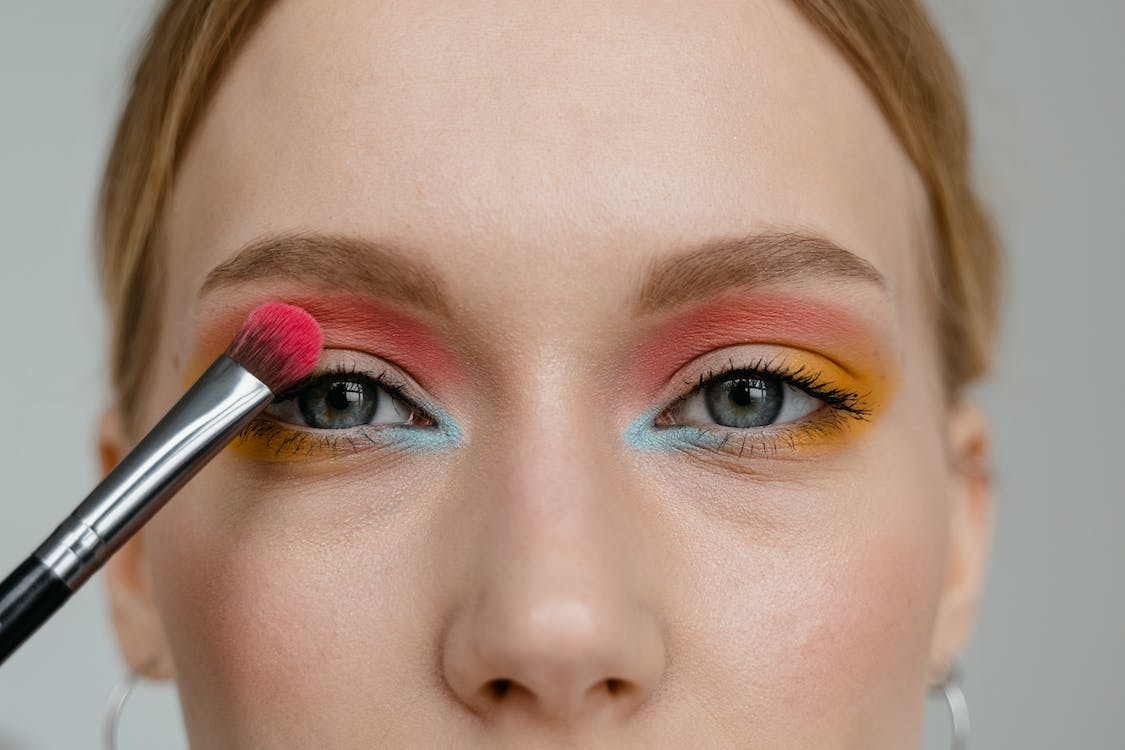
Modern customers are more conscious about the ingredients in the products they use on their skin. Talc-free eyeshadows are often formulated using natural, organic ingredients, such as mica, clay, mineral oil and plant-based oils, including seed oil and fruit oil. The natural feel of talc-free eyeshadows can appeal more to consumers who prefer to pay for products free from synthetic ingredients such as parabens and phthalates.
Challenges of Going Talc-Free in the Beauty Industry
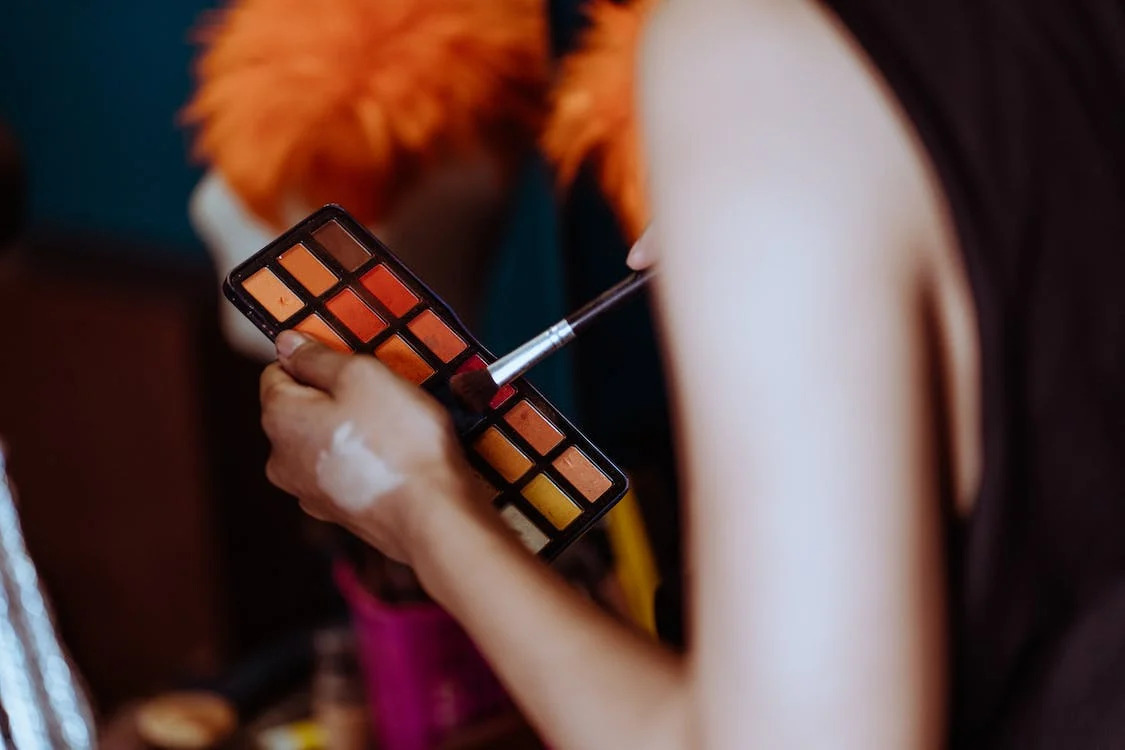
While transitioning to talc-free products is increasingly gaining momentum in the beauty industry, the process is characterized by multiple challenges that may hinder or slow the full transition. For example, most customers are attached to talc eyeshadows due to their smooth application and ability to blend. Thus, they may view a talc-free palette as low quality and less effective. Other challenges to look out for include the following:
1) Talc alternatives are limited
Talc is versatile and can be used across multiple product categories. For instance, it can be used as a bulking agent, helps improve skin feel, and has a sharp liner effect. It is challenging for companies to find suitable replacements with these unique properties. Besides, other alternatives such as rie powder, zinc oxide, and silica are harder to formulate.
2) High costs
The high costs of producing talc alternatives are a major challenge. Ingredients with a high safety profile are more expensive to produce, making the transition to talc-free costlyfor some small brands and stores.
The high costs of accessing the ingredients often translate to high product prices. A small shop or store may find these prices unattractive and unaffordable to its target customers.
Choosing Between Talc and Talc-free eyeshadow
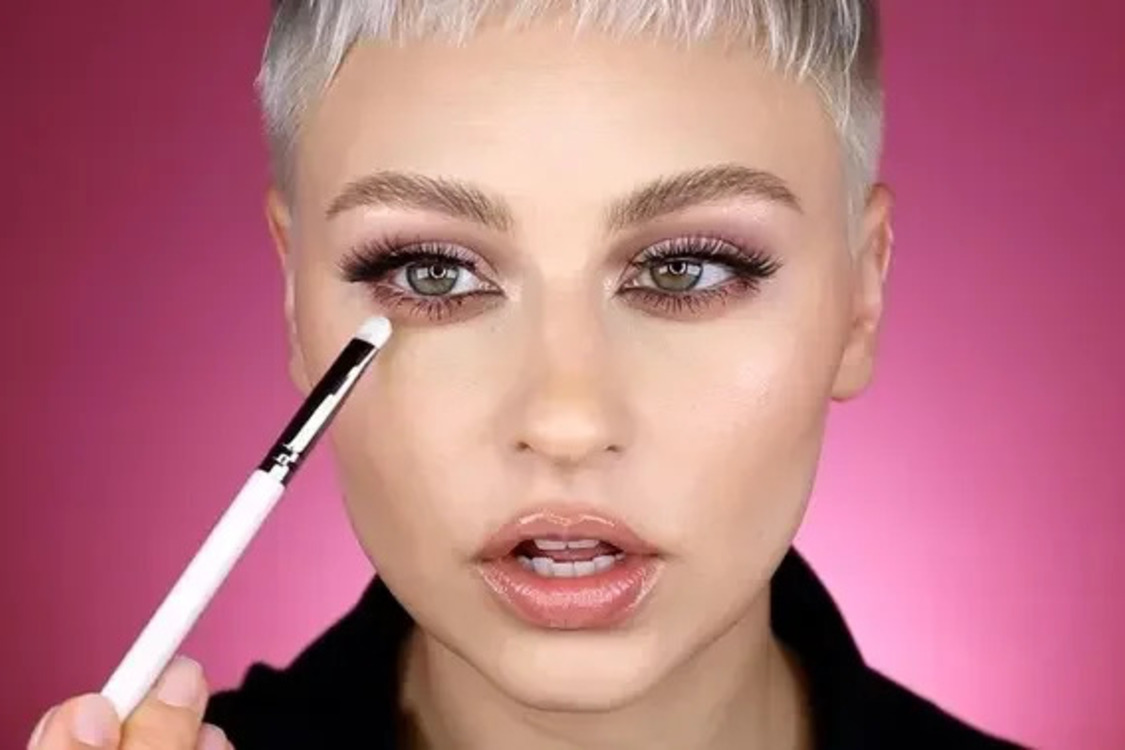
Both talc and talc-free eyeshadows have their pros and cons. Therefore, it is important to research and make informed decisions. Some tips to consider include:
1) Texture and pigmentation

Talc eyeshadows are popular for having a smooth texture and being highly pigmented. Thus, customers who prefer highly pigmented and easily blendable eyeshadows will opt for a talc-based palette. However, a customer looking for a more natural or sheer look will go for a talc-free formulated palette.
2) Skin sensitivity
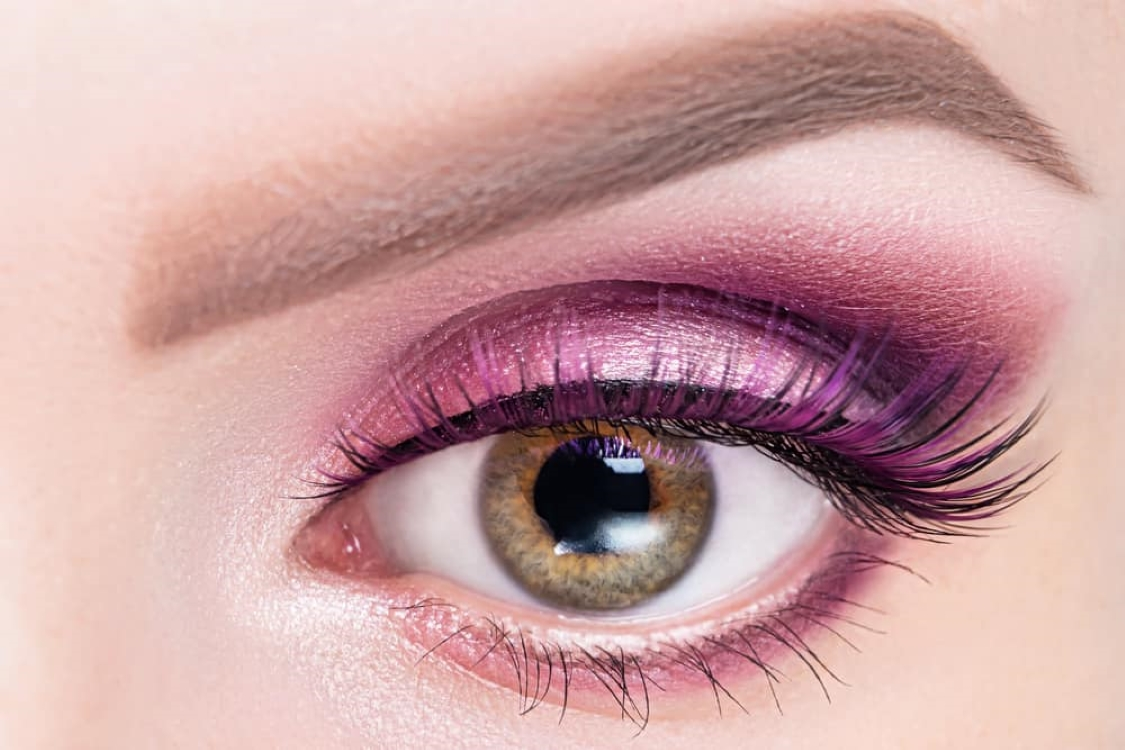
Talc-based eyeshadows can have allergic reactions or skin irritations among some customers. In such cases, talc-free eyeshadows can be a better option.
3) Environmental concerns

The talc mineral is mined from the earth. The process can have negative environmental impacts, thus turning off customers who understand the significance of protecting the environment and prefer eco-friendly brands or products.
Final Takeaway
The conversation on whether to go talc-free often yields mixed viewpoints. Despite the increased health concerns associated with using talc in cosmetics, some experts still believe the mineral is safe. For example, Nava Greenfield, a board-certified dermatologist, and Dr. Marta Pazos, a cosmetic chemist, stated that talc is generally considered safe in makeup and is not harmful to the skin.
However, some talc-containing cosmetics, including eyeshadows, can cause skin irritations and other adverse consequences if they contain contaminants. Besides, as a beauty brand, it is critical to ensure that the products formulated and produced do not have a high toxicity. Customer safety should be at the core of the sourcing and manufacturing strategies.

